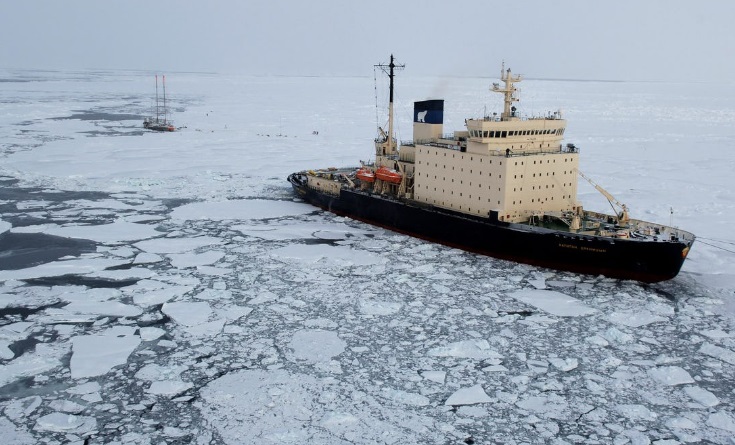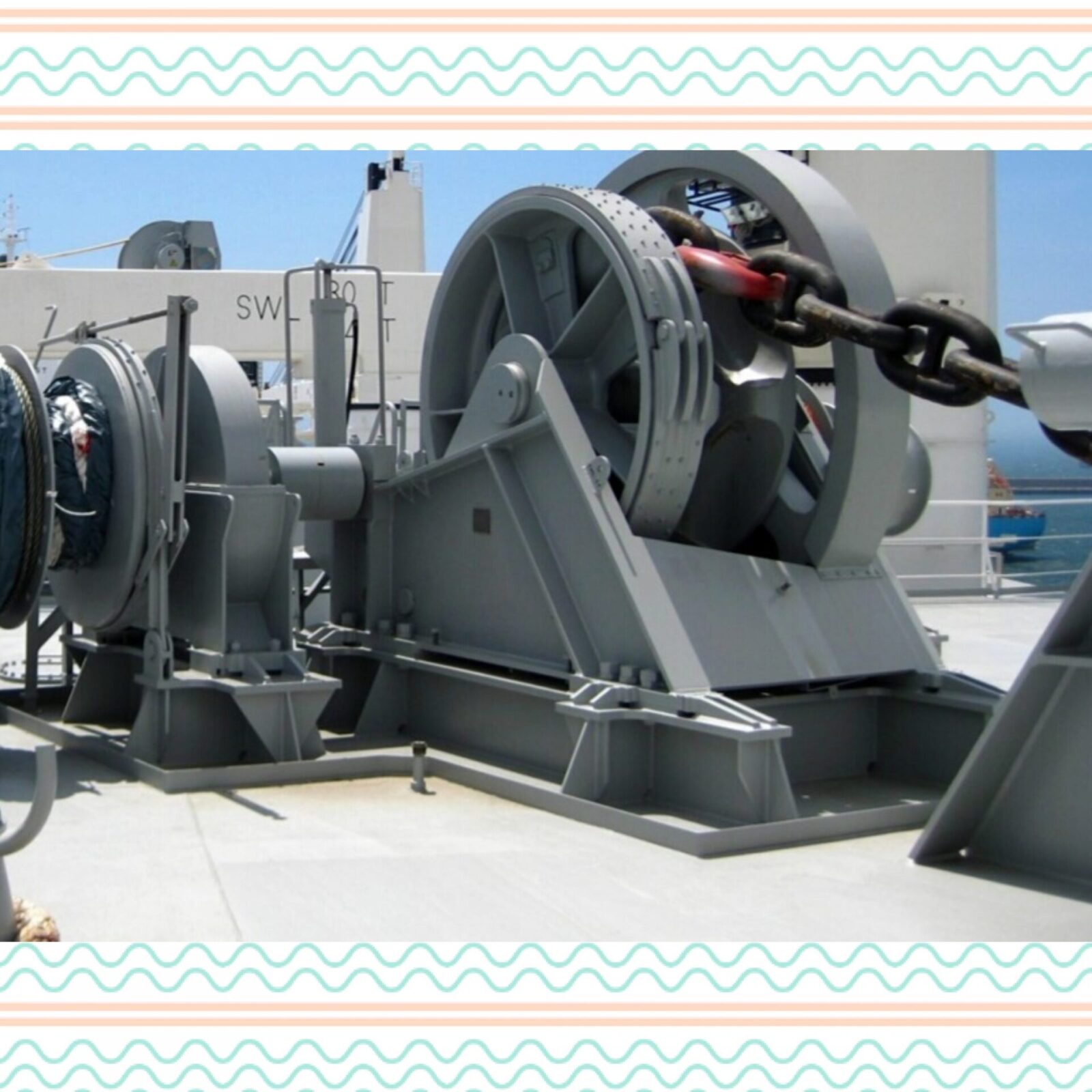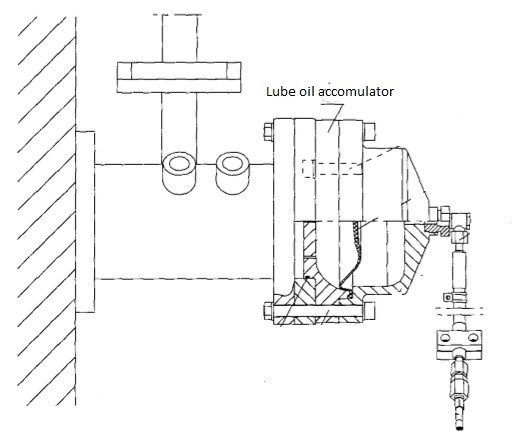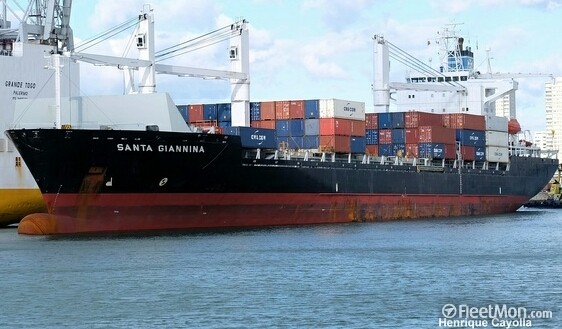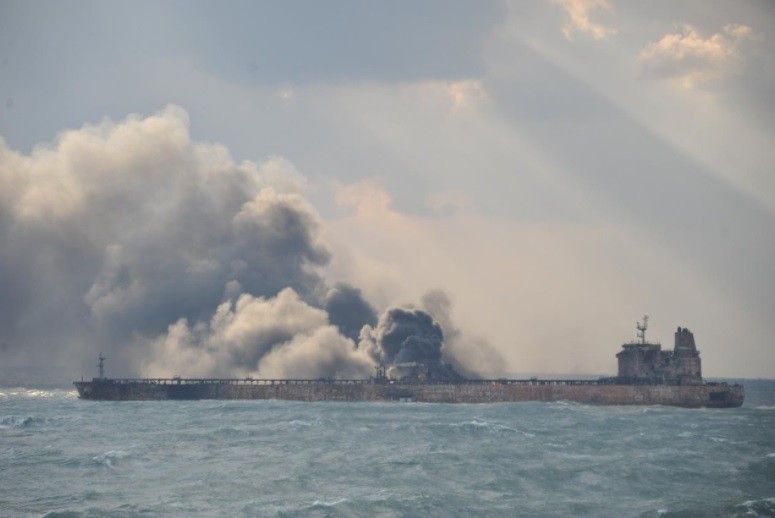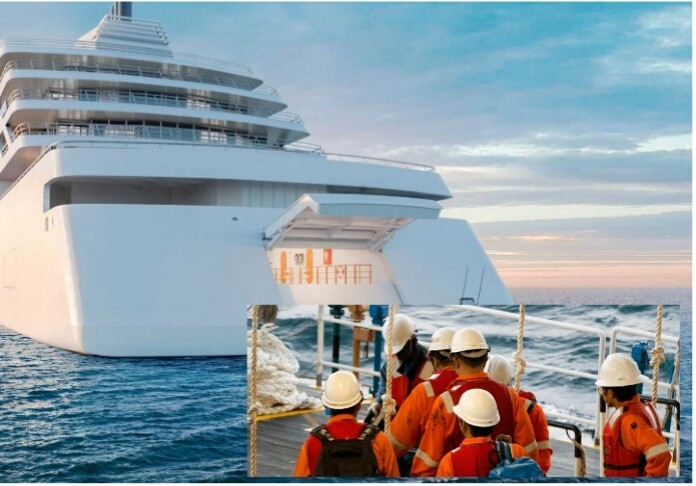The Features of the operation of power plants in polar waters; Large seasonal fluctuations and negative average annual temperatures are among the main features of the Arctic climate. For example, the minimum temperature on the Yamal Peninsula drops to minus 59 °C, and the average annual temperature is minus 5 – minus 10 °C. The severity of the climate in the Arctic determines the temperature of ocean waters.
The surface layer of water in the area of drifting ice has a temperature below zero throughout the year. When operating ships in the cold season, one of the most important tasks becomes heating the power plant, especially in the hot sludge mode, which is characteristic and inevitable for any type of vehicle. In maritime transport, the problem of the propulsion plant being in hot-stay mode arises due to technological reasons, working conditions in ice and the need to comply with the traffic schedule, especially during the period of extended navigation.
This period can constitute a significant part of the total voyage time. At the same time, ships at berths, in roadsteads, practically waste fuel resources, polluting the atmosphere with harmful substances from exhaust gases. Similar problems exist in the icebreaker fleet, as well as when convoys of transport ships are waiting for unloading, and when operating floating cranes and technical vessels. In addition, the deposition of soot on ice from emissions from ship engines leads to a decrease in its reflectivity. as a result, to accelerate the melting of the ice cover. Diesel engines are designed to operate under load.
It is necessary to avoid running the engine for a long time without load (long idling), especially in low temperatures. Low engine loads lead to low temperatures in the combustion chamber, incomplete combustion and, as a result, an increase in deposits on the elements of the exhaust system.
Excessive buildup of these deposits can cause valves to stick in both the open and closed positions. A valve stuck in the open position can cause piston damage, and a valve stuck in the closed position can cause the pushrod to bend. Low temperatures have a negative effect on a diesel engine even when it is turned off. The lower the ambient temperature, the thicker the deposits inside the engine formed during its operation.
They may harden to form a black, glassy substance. The harder the deposits become, the greater the chance of engine damage. When the engine is restarted, the valves will push against the hardened deposits, often causing them to rupture. Solid deposit particles can enter the lubrication system, causing scoring on the cylinder walls. If the valves do not function properly, compression pressure drops and engine efficiency decreases.
To reduce the likelihood of damage to diesel engines, it is necessary to ensure:
✓avoiding engine idling for long periods of time;
✓increasing engine load. One motor running at 50% load is preferable to two motors running at 25% load. Running engines should be alternated. The greater the load, the higher the temperature of the exhaust gases and the less formation of deposits. Alternating running engines will not be difficult to achieve for generators;
✓providing the necessary engine load before shutting down after long periods of idling to help remove deposits;
✓raising the engine block temperature by increasing the cooling water temperature. This may help soften the deposits;
✓set the engine heater thermostat to higher values. An increase in the temperature of the cylinder block will help reduce the formation of deposits. The negative impact of low ambient temperatures is most noticeable during the start-up period of the internal combustion engine. First of all, this manifests itself in changes in gaps due to the effects of temperature deformations.
Changing the working gaps affects the nature of lubrication, friction and wear of parts. In addition, when starting a cold engine, parts can be lubricated for some time only due to the residual oil film. The adaptability of the internal combustion engine to the starting mode can be assessed, for example, using indicators of the actual lubrication process based on the parameter “total length of contacts in the crankshaft bearings.”
As the rotation speed increases, the total length of the gaps in the bearings increases, but the intensity of their wear also increases. Consequently, in order to maintain the optimal thermal state of power plants in order to ensure their efficiency, reliability and service life, it is necessary to use methods of thermal preparation of power plants. Thermal preparation, as a rule, is carried out in the form of pre-start heating or operation of the SPP without load in the warm-up mode. The following indicators can be used as the main criteria for choosing a thermal preparation method:
✓The effectiveness of thermal preparation, assessed by the achieved temperature regime or by the amount of loss of operating efficiency;
✓ the amount of energy consumption;
✓the complexity of installation and the cost of additional equipment;
✓mobility, which determines the need to use stationary sources of thermal energy;
✓environmental friendliness and fire safety. According to Chapter 6 of resolution MSC.385(94) “International Code for Ships Operating in Polar Waters” to achieve to ensure the ability of mechanical installations to maintain the required performance necessary for the safe operation of the vessel, the rules include the following functional requirements:
1. Mechanical installations must ensure operability under the expected environmental conditions, taking into account:
✓icing and/or snow accumulation;
✓suction of ice from the sea water;
✓freezing and high viscosity of liquids;
✓temperature of taken sea water; and
✓snow suction.
2. For ships intended to operate at low air temperatures:
✓mechanical installations must be capable of operating under expected environmental conditions, also taking into account:
▪cold and dense intake air;
▪loss of battery charge or other types of stored energy in devices using stored energy .
✓The materials of construction used must be suitable for service at polar operating temperatures.
3. Mechanical installations must be capable of operating under the expected environmental conditions, taking into account the loads caused by direct interaction with ice. To ensure compliance with the functional requirements of Clause 2 and taking into account the envisaged conditions environment, the following applies:
✓mechanical installations and related equipment must be protected from the influence of icing and/or snow accumulation, suction of ice with seawater, freezing and increased viscosity of liquids, temperature of the intake seawater and snow suction;
✓viscosity of working fluids must be maintained within the range of values that ensure operation;
✓sea water supply for mechanical installation systems must be designed to prevent the ingestion of ice, or otherwise arranged to ensure their operation. When preparing a vessel for operation in extremely low temperatures, the following should be checked:
✓the presence a complete supply of supplies and spare parts, filing a request for spare parts in advance, whenever possible;
✓availability on board of spare batteries for boats;
✓availability on board of special dry batteries (for use at temperatures below minus 17°C), lubricants for low temperatures, antifreeze and special fluids for extremely low temperatures;
✓have on board a full supply of supplies required for special mooring operations, such as special devices and mooring ropes;
✓have on board a full supply of extreme cold clothing designed for all crew and passengers;
✓have a weather report on expected conditions prior to the start of a voyage in an area with extremely low temperatures;
✓calculate the effect of wind when ambient temperatures are below 0°C;
✓consider advice on appropriate protective measures for personnel working on open deck.
Polar Code.
Features of compliance with MARPOL requirements by ships in polar waters. The International Code for Ships Operating in Polar Waters is designed to complement existing IMO instruments to improve the safety of ship operation and limit its impact on people and the environment in remote, vulnerable and potentially harsh climates. polar waters.
The Code recognizes that the operation of ships in polar waters may impose additional requirements on ships, their systems and operation beyond the existing requirements of the 1974 International Convention for the Safety of Life at Sea (SOLAS), the International Convention for the Prevention of Pollution from Ships 1973 (MARPOL), as amended by the 1978 Protocol to that convention, as amended by the 1997 Protocol, as well as the requirements of other applicable mandatory IMO instruments.
The main principles in developing the Polar Code were the use of a risk-based approach to establish its scope and the use of a systematic approach when determining measures to reduce the consequences of identified types of risk. The Polar Code addresses types of hazards that can lead to an increase in the level of risk (for example, ice, icing of upper structures, low temperatures, etc.). The level of risk in polar waters can vary.
Thus, the required measures to limit the consequences of risks specific to individual hazards may vary within polar waters and be different for Arctic and Antarctic waters. The Polar Code consists of an Introduction and Parts I and II. The Introduction contains mandatory provisions applicable to both parts. Part I is divided into Part I-A, which contains mandatory safety provisions, and Part I-B, which contains safety recommendations.
Part II is divided into Part II-A, which contains mandatory provisions in the field of pollution prevention, and Part II-B, which contains recommendations for the prevention of pollution. The Polar Code regulates the following issues:
❖ in Part I-A “Safety Precautions”:
✓ operating instructions for polar waters;
✓ship structures;
✓stability and compartmentation;
✓watertightness and splashproofness;
✓mechanical installations;
✓fire safety, fire protection;
✓life-saving equipment and devices;
✓navigation safety;
✓communications;
✓voyage planning;
✓crew and preparation;
❖in Part II-A “Pollution Prevention Measures”:
prevention of pollution:
✓oil,
✓noxious liquid substances,
✓dangerous substances carried at sea in packaged form,
✓sewage from ships,
✓garbage from ships. Each ship to which the Polar Code applies, must have on board a valid Polar Vessel Certificate, which shall be issued upon initial or renewal survey to a vessel that meets the applicable requirements of this Code. The Administration that issued the document assumes full responsibility for the Certificate.

